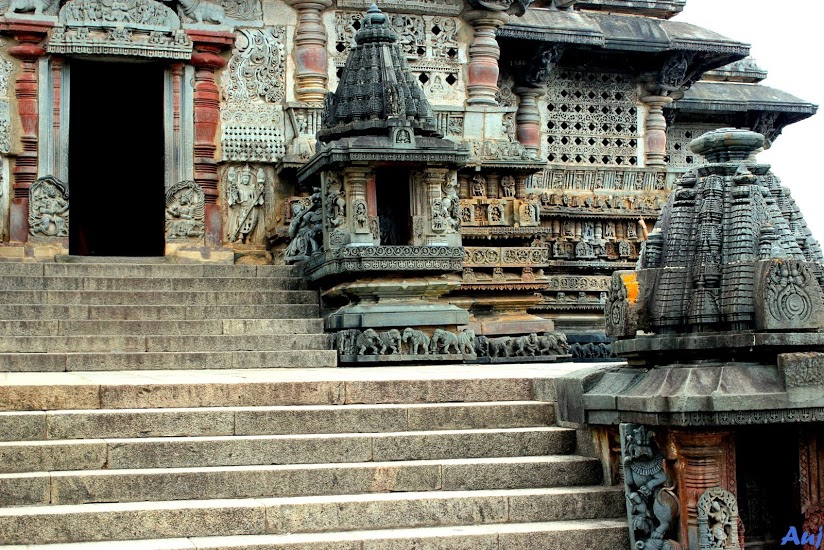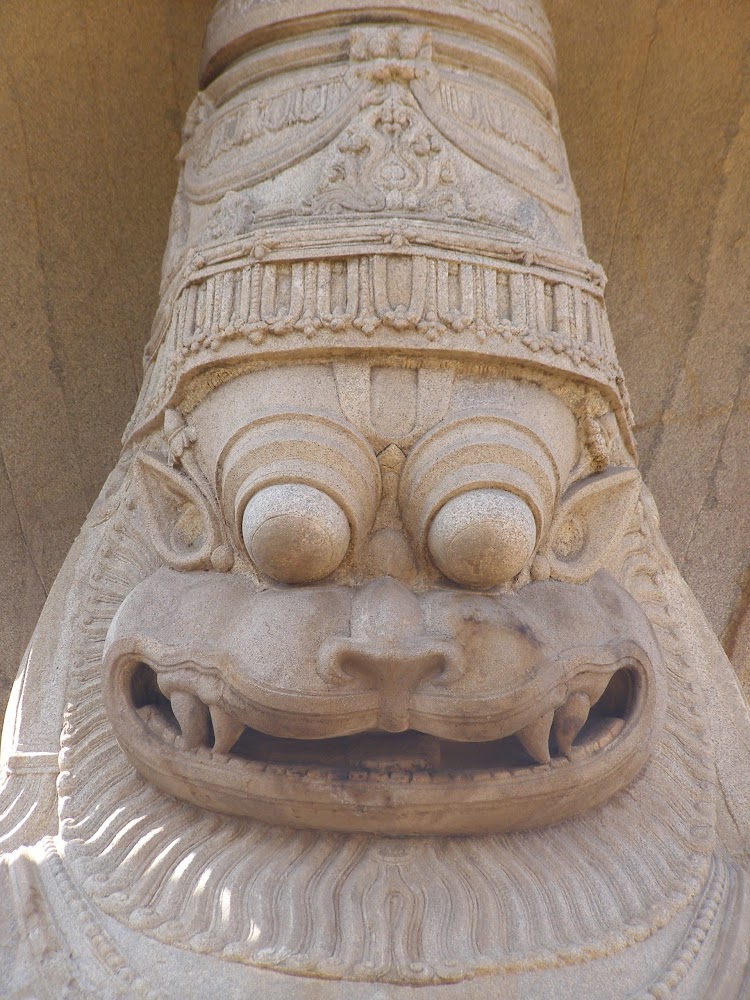
Victor's Way Indian Sculpture Park
Sallygap Road, Roundwood, Wicklow, Ireland
A place to assess, meditate and reorganize life. Let lord Ganesha remove the obstacles in your existence calming your fears and anxieties. A fulfilling sojourn in the lap of nature.
(Thread)



Sallygap Road, Roundwood, Wicklow, Ireland
A place to assess, meditate and reorganize life. Let lord Ganesha remove the obstacles in your existence calming your fears and anxieties. A fulfilling sojourn in the lap of nature.
(Thread)




Victor’s Way Indian sculpture park is a privately owned enterprise which is spread over 20-22 acres in Roundwood village of Wicklow county in Ireland with the Great Sugar Loaf mountain in the backdrop.(1) 





The park includes a series of figures of lord Ganesha and Shiva. Apart from Hindu gods, one also finds other sculptures including a fasting lord Buddha.(2)
Victor’s Way is located 40 kilometres from Dublin. The park's basis is to take the visitor on a contemplation of life. This is intended via a series of black granite sculptures. The full group took the sculptor 7 years to complete, and all stand 2-3 mtrs tall.(3) 







The statues were designed in Roundwood before being completed in Mahabalipuram. One of the largest concentration of statues of lord Ganesha outside of India are found here.(4)
The owner, Victor Langfeld established the park in 1989 after traveling to India in search of spiritual enlightenment. He possesses extensive knowledge about Hinduism.(5) 

There are several locations within which encourage forest bathing i.e. immersing oneself in the ambience of the forest. It leads to a regeneration of mind, body and soul using the surroundings of woods.(6) 

Victor’s Way as a contemplative space is meant to be used by individuals aged between 28 to 60 who feel the need to assess the quality and direction of their lives. It's a form of self assessment and self reorientation pilgrimage.(7) 

• • •
Missing some Tweet in this thread? You can try to
force a refresh



























